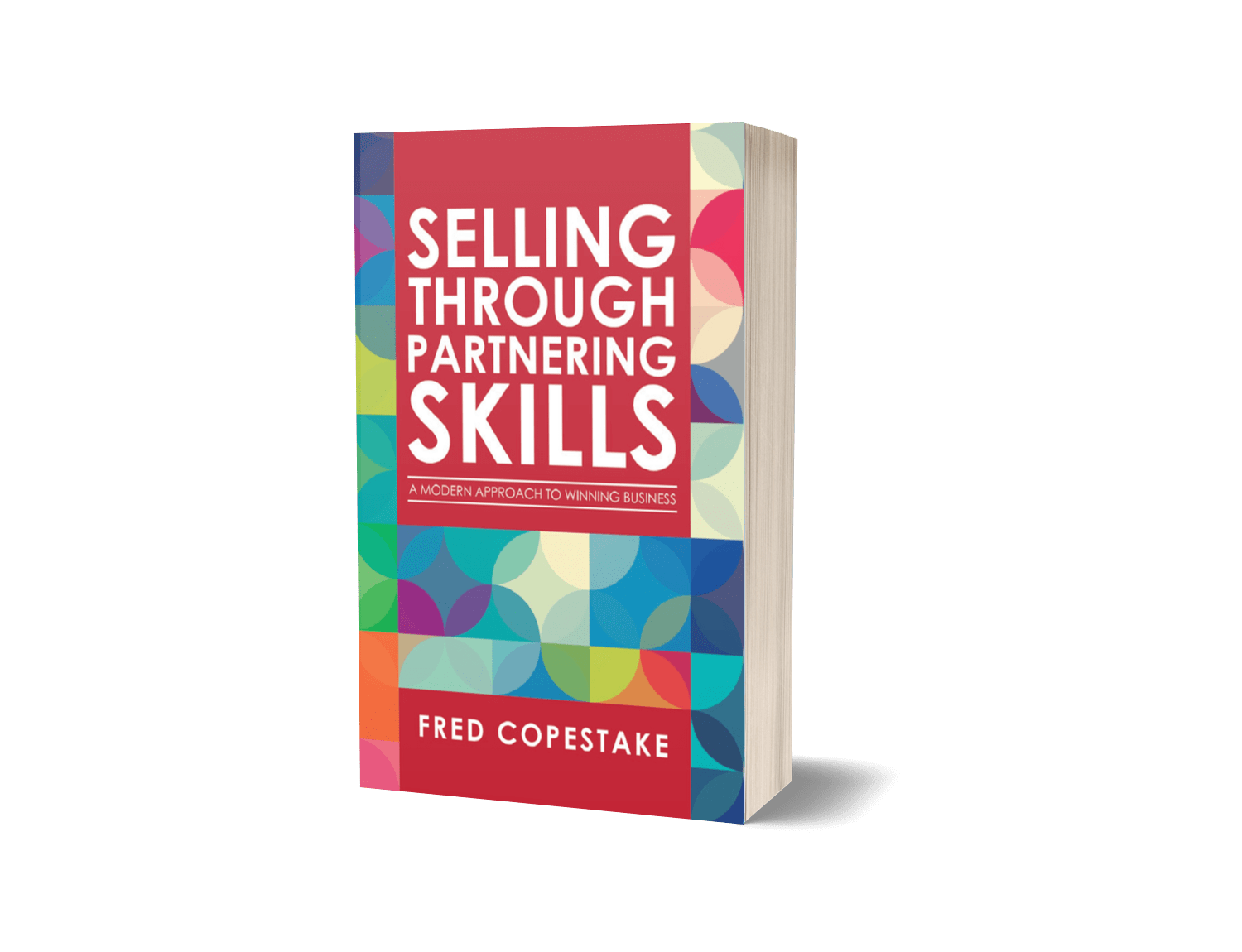Appealing to Emotions

Extract from the book ‘Selling Through Partnering Skills – A modern approach to winning business‘ by Fred Copestake
Table stakes or winning bets?
One of the best birthday presents I have received was a subscription to Harvard Business Review (another was a cowboy outfit, but that is not so relevant here). It is great as it has so much content relevant to sales and sales management delivered in bite sized chunks on a regular basis.
An article that stood out for me and which I reference on a regular basis is ‘The B2B Elements of Value’. This 2018 article looks at the work of Bain and Company and research they have conducted into how purchasing decisions are made. As the title suggests it concentrates on decisions made in the commercial as opposed to consumer world. Things are bound to be very different, right?
Well wrong! ‘True,’ it says ‘B2B sellers need to optimize prices, meet specifications, comply with regulations, and follow ethical practices. Procurement teams rigorously evaluate vendors and run total cost-of-ownership models to ensure that rational, quantifiable criteria around price and performance shape their analyses. But today meeting those criteria is table stakes.’
Table stakes? Yes, like those placed in a casino to be even allowed to play the game. These more rational elements were shown to merely the cost of entry. Other far more subjective and indeed sometimes quite personal concerns were shown to be important. The research showed that with some purchases, considerations such as enhancing the customer’s reputation or reducing can anxiety play a large role.
They identified 40 fundamental ‘elements of value’ which fall into five categories: table stakes, functional, ease of doing business, individual and inspirational.
The model developed as a result sorts the elements into the levels of a pyramid, with those providing more objective value at the base and those that offer more subjective value higher up. (It has its conceptual roots in Maslow’s ‘Hierarchy of Needs’. Considering the elements of value essentially extends the insights it gives us to people in corporate roles and their motivations for buying and using business products and services).
At the base of the pyramid are the table stakes: meeting specifications at an acceptable price in compliance with regulations while abiding by ethical standards.
Above the table stakes are functional elements, which address an organisation’s economic or product performance needs, such as cost reduction and scalability.
Elements within the third level make it easier to do business; some provide purely objective types of value like increasing a customer’s productivity (time savings, reduced effort) or improving operational performance (simplification, organization). But here we encounter the first set of elements that involve subjective judgments. They include things that enhance relationships between parties, such as a good cultural fit and a sales organisation’s commitment to the customer organisation.
The elements at the next level provide additional types of subjective value, addressing more individual priorities, whether they are personal (reduced anxiety, appealing design and aesthetics) or career related (increased marketability or network expansion.)
At the top of the pyramid are inspirational elements: those that improve the customer’s vision of the future (helping a firm anticipate changes in its markets), provide hope for the future of the organisation or the individual (for instance, that they can move to the next generation of technology easily and affordably), or enhance an organisation’s social responsibility.
The insight this model brings is fascinating and a something a salesperson can use to refine their approach throughout the sale. It requires a deep understanding of the customer, something that selling through partnering skills is very much about. I include reference to this so early as part of Validation as it prompts that the correct form of thinking. Do we know what the elements of value are for our customer? Can we deliver in on them? A negative response to this should evoke a ‘why not?’ response. Lack of information is one thing; we can find out. Lack of ability another, knowing we will have to deliver on these levels but cannot, may indicate it is not really an opportunity.
For more information on Selling Through Partnering skills visit the book website
